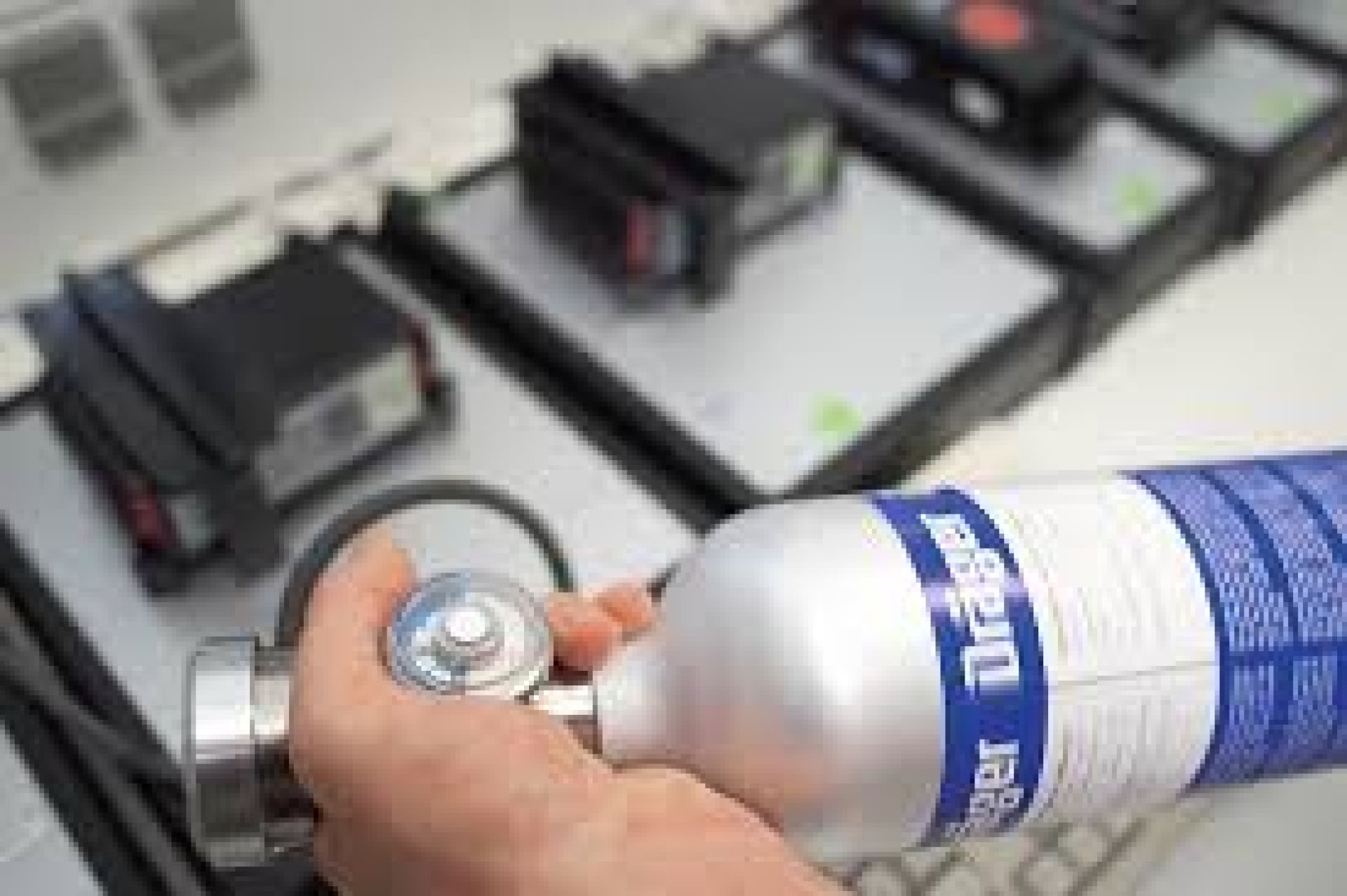Gas Detector Calibration: Importance and Key Processes

Gas detector calibration is a critical process to ensure the accuracy and reliability of gas detection equipment. These devices are widely used in industries such as petrochemicals, construction, and mining to detect various gases that may pose risks to health and safety. Proper calibration is essential to maintain performance and prevent potential hazards.
The Importance of Gas Detector Calibration
1. Accurate Measurement
Using an uncalibrated gas detector can result in incorrect readings, such as underestimating or overestimating gas concentrations, which can lead to dangerous situations.
2. Compliance with Standards and Regulations
Many industries require gas detectors to be calibrated as part of safety compliance, adhering to standards like ISO or OSHA regulations.
3. Prolonging Equipment Lifespan
Calibration helps identify and correct issues early, reducing wear and tear and extending the device's operational life.
Gas Detector Calibration Process
1. Preparing Equipment and Environment
Calibration should be conducted in a controlled environment, such as a laboratory, using certified reference tools and materials.
2. Checking Standard Values
A certified calibration gas with a known concentration is used to compare the detectors readings against the standard values.
3. Adjusting the Detector
If discrepancies are found, the device must be adjusted to align its readings with the reference values.
4. Post-Calibration Verification
After adjustments, the detector is tested again to ensure it meets the standard values.
Frequency of Calibration
The frequency of calibration depends on factors such as:
- The type of gas detector and gas being measured
- Usage frequency
- Environmental conditions where the detector is used
In general, gas detectors should be calibrated at least once a year, or more frequently if they are heavily used or exposed to harsh conditions.
Precautions During Calibration
- Use only certified calibration gas to ensure reliability.
- Inspect the device for any damage or issues before calibration.
- Ensure the calibration is performed by trained personnel or experts.
Calibrating gas detectors is vital for ensuring the safety and reliability of these devices. By following appropriate and regular calibration procedures, the equipment can operate at optimal performance, minimizing risks and enhancing workplace safety.



